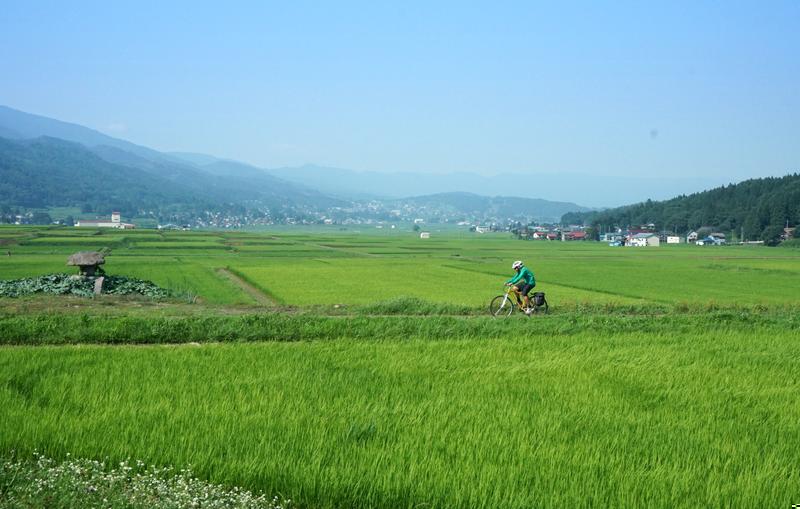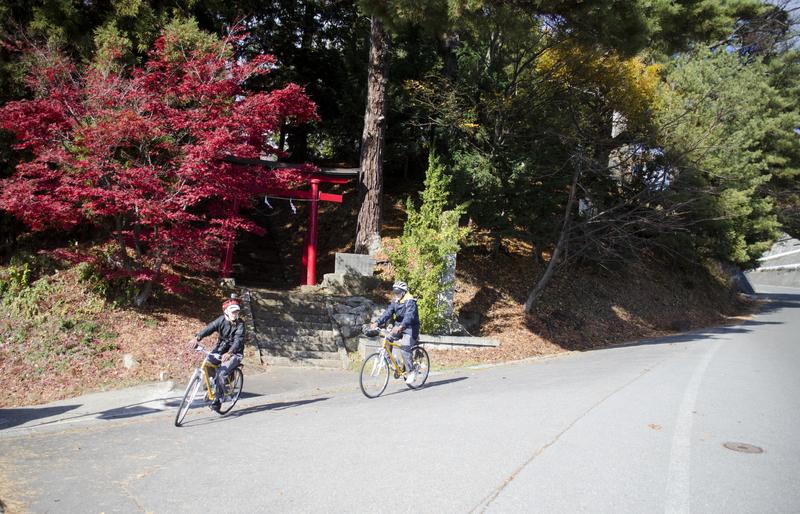Trip Basics
Overview
The Autumn Hike & Bike is desinged to be be the perfect blend of challenge, culrure and colors. Rides are longer and more intense than our family trips, and focus shifts toward scenic nature to take advantage of the regions spectatcular fall colors and weather.
Perfect for individuals, fiends, and couples that share an interest in the outdoors and physical challenge.
- Challenging Hills
- Rewarding Natural Beauty
- Food Culture
- Relaxing Hot Spring Baths
An typical day includes five to six hours of riding or hiking through a variety of terrain and scenery, including steep climbs (and the downhills that follow). We will pass through sparsly populated farm hamlets and rolling hills to rice paddies, highland plateaus, river valleys, including some remote winding mountain roads that highlight the autumn colors.
{SingleImageSlider adeuid="1737642957076-34f70e213c253-1164" id="60" height="225" width="400" float="right"}
This itinerary also includes an ovenight hike and stay in a mountain hut atop Mt. Naeba - one of Japan's 100 Famous Mountains in the heart of the remote Amiyamago - which literally translates to "Autumn Valley".
While the focus of this trip is the physical activity and the natural beauty, there are opportunities to experience first-hand traditional Japanese country life. Activities include making soba (buckwheat noodles), pounding mochi rice, foraging for wild vegetables, (or just eating them) and immersion and interaction with the locals, and, of course, soaking in an onsen hot spring.
This is one of our few non-private group trips in order to allow as many people as possible to take adavantage of the short Autumn window. As such, it is not customazable to fit to different levels and important that everyone is reasonabily fit. The rides are not extreme, but they do require a certain amount of sweat.
n
For a family of four or more we can provide a similar, more cusomizable itinerary to fit various abilities.
A Sample Itinerary
The Autumn Bike and Hike itinerary is designed to take advantage of:
- Participants' Sense of Adventure
- The region's variety of terrain
- Beutiful temporete weather
- The region's Vibrant Autumn Colors
- Seasonal Local Cuisine
- Abundant Hot-Springs
Below is the current plan for the 7-Day trip, detailed routes, distances, and highlights.
Itinerary is subject to some minor changes and flexibility will be planned in to take into account possible extreme weather events.
Day 1: Challenging Scenic Climb to Myoko-Togakushi National Park
40 km ( 4 ~ 5 hr)
- Orientation at Iiyama Station
- Challenging Scenic Mountain Climbs
- Myoko Togagkushi Renzan National Park
- Togakushi Shrine
- Togakushi Ninja and Folk Museum
- Traditional Japanese Ryokan
From the start, we jump into a several-hundred meter climb through orchards, farms, forests, ski hills, and small hamlets. The destination is Togakushi Shrine, deep in the mountains of the Myoko-Togakushi Renzan National Park—known for its stunning natural landscapes, forests, lakes, and cultural and historic sites, including... ninja.
We meet at Iiyama Station, a convenient train ride from Tokyo, Nagano, or Kanazawa. At the station, we have a quick orientation to go over the map for a bigger picture of the week's route. We will get fitted for bikes and gear, load luggage into the support van, grab some snacks, and head off.
Despite being so close to a modern bullet train stop, within minutes, we find ourselves riding on small rural roads surrounded by golden fields and autumn scenery. ... read more ››
Day 2: Downhill Cruise, Zenkoji National Treasure, Onsen Village
60 km ( 5 ~ 6 hr)
- Long Scenic Downhill Cruise
- Zenkoji Temple
- Obuse Town, Gardens & Chestnut Treats
- Hokusai Woodblock Print Museum
- Shibu Onsen Traditional Hot Spring Town
Start your day with a hearty traditional breakfast at a cozy inn, fueling up for the journey ahead. Begin the ride with a relaxing, mostly downhill stretch towards Nagano City, enjoying the mix of mountain views, urban scenery, and passing through fields and orchards. The ride is gentle, making for a pleasant start to the day.... read more ››
Day 3 Snow Monkeys, Make Soba & Onsen Village
45 km ( 7 hr)
- Famous Nagano Snow Monkeys
- Make Your Own Soba Noodles
- Make Japanese Washi Paper
- Nozawa Onsen Village
- Kaiseki Dinner at 200 Year Old Inn
Wake up early for a pre-breakfast bath, or start your day in Shibu Onsen with a modernized Japanese breakfast at your inn. After breakfast, we begin a ride or walk up the hill to the famous Snow Monkey Park, where we will see wild monkeys bathing in natural hot springs and learn about them and their habitat from the recently renovated visitor center.
After enjoying time with the monkeys, we'll take a short downhill ride to a local soba maker's kitchen. Here, you'll have the unique experience of making your own soba noodles under the guidance of a soba master. ... read more ››
Day 4: Autumn Mountain Deep Challenge
60 km ( 6 ~ 7 hr)
- Challenging Mountain Ride
- Natural Hot Spring in River
- Traditional Bear Hunter Inn
- Locally Hunted and Foraged Dinner
Start your day in Nozawa Onsen with an optional morning bath in one of the many public baths that are open 24 hours. Afterward, enjoy a large breakfast featuring local specialties, including the famous onsen tamago, a soft-boiled egg cooked in hot spring water. Prepare for a long, challenging uphill ride as you climb 1,000 meters to the top of the Nozawa Ski hill and beyond.
At the summit, you'll be rewarded with amazing views of the Chikuma Valley, a breathtaking panorama that makes the effort worthwhile. From here, continue on a back road over Shiga Kogen, a beautiful route that showcases the region's natural beauty. ... read more ››
Day 5: Hike Mt Naeba - 100 Famous Mountains
10 km ( 6 ~ 7hr)
- Akiyamago Folk History Museum
- Hike Mt. Naeba (Japan's Top 100)
- Stay in a Japanese Mountain Hut
Start the day with a simple but hearty breakfast to fuel up for the adventures ahead. Begin by visiting a local history museum to learn about the rich heritage of the area, followed by a tour of a preserved thatch-roof house in Koakazawa, offering a glimpse into traditional Japanese architecture and rural life. Next, head to Naeba Shrine to say a prayer before embarking on a challenging hike.
The journey involves a 10 km hike to Mt. Naeba, one of Japan's 100 famous mountains. The trail offers stunning views and a chance to connect with nature as you ascend. Upon reaching the summit, ... read more ››
Day 6: Back to Civilization
35 km ( 3 ~ 4 hr)
6 km ( 3 hr)
- Scenic Downhill Cruise
- Tsunan Folk Museum
- Retrace Old Path to Akiyama Valley
- Small Luxury Hot Spring Ryokan
Everyone in the hut will be waking up to watch the sunrise. After the sunrise, there will be time to get packed and have a simple breakfast catered by the hut before starting our hike down. The descent follows a shorter trail, stopping midway to exchange our backpacks for the bikes waiting at the trailhead.
From there, it's a 40 km downhill cruise along the beautiful winding Nakatsugawa River, offer scenic views along the Nakatsu River,... read more ››
Day 7: Final Ride Riverside Ride, Farmers Market and Wind Down
45 km ( 4 ~ 6 hr)
- Final Luxury Japanese Breakfast
- Morning Hot Spring Soak
- Leisurely Riverside Ride
- Farm Market & Supermarket
- Kyoto of Nagano
- Museum of Doll Art
- Farewell and Departure
Wake up and enjoy the last luxurious breakfast of the trip, a welcome contrast to the simple miso soup, rice, and fish at the mountain hut. The inn is in a small hamlet perfect for a short morning walk, and there's also time for a morning bath before any final rearranging of luggage (laundry service will have been available the previous night).
For the final leg of the journey, we have two options to reach our destination, Iiyama train station, where we began the trip a week earlier.
The first option is a 40 to 45 km ride along the river, navigating through areas that are more populated than the mountains but still noticeably rural compared to the first two days. ... read more ››
Possible Highlights
One Life Japan offers a variety of non-riding activities to insight into the history, culture, nature and modern day life in rural Japan. * Please note that some activities are only available seasonally and may depend on the kindness and availability of local volunteers.
Making soba noodles by hand under the guidance of a knowledgeable soba teacher in Japan is one of the highlights of eveyone's trip.
Soba, a popular Japanese dish of simple buckwheat flour and water, is a staple of the Japanese diet, evident in the ubiquity of soba shops across the country, from humble street-side stalls to high-end restaurants. Each region boasts its own variation, reflecting local flavors and traditions and it is a particularly important part of culinary heritage of the mountainous regions where the climate was less conducive to rice.
A local soba master will guide you through the process, begining with the almost ceremonial preparation of the buckwheat dough, the delicate art of mixing, kneading, rolling the dough into a perfect, thin sheet and the precise cutting into perfectly sized noodles are skills that require patience and a steady hand.
The experience is not just about learning a culinary technique - it's an immersion into a centuries-old tradition, offering a deeper understanding and appreciation Japanese cuisine.
A traditional ryokan experience is a must for anyone visiting Japan.
Ever Japanese style inn we use is chosen for it special "charming point" - the food, atmosphere, warmth of the inn-keeper, the architecture, the hot-spring, or a combination of all of these.
Traditional futon on a straw tatami floor
You will notice that there are no beds in your room. While you enjoy dinner, the inn-keeper prepares your futon on the floor for what may well be the most comfortable sleep of your time in Japan. Some inns also provide soba husk pillows - a comfort that, after experiencing it, many visitors o2021ess over finding a pillow to take home with them from Japan.
Relax with Green Tea and Sweets
Upon arrival it is customary to remove your shoes before being shown to your room with the unmistakable aroma of straw tatami floor. In the middle of the room is usually a low table with complementary green tea and traditional Japanese sweets,usually a local seasonal delicacy, to enjoy while you rest and unwind from your long journey.
Change into A Cotton Yukata Robe
The most welcome moment after a long ride is getting out of your sweaty riding clothes and into a cool loose-fitting cotton yukata robe. The inn-keeper will explain the proper way to wear it, and you are encouraged to enjoy it for the remainder of your stay at the inn - including at dinner, to the bath, and even outside for an evening stroll.
Relax in the Onsen Bath
After tea and a short rest, it is time to enjoy a soak in the hot-spring baths. Some ryokan have their own in-house shared public bath (gender-separate), others are located within a short walk to local baths. The inn will provide a small towel and toiletries if needed which you can carry with you to the bath. Your guide will be on hand to instruct you on the proper bath etiquette.
Traditional Kaiseki Dinner
Exquisite, elaborate, intricate meals are the soul of the ryokan experience. Even Japanese travellers come from all over Japan to dine on the most authentic regional cuisine that is unavailable or unknown in their own region.
One reason Japan is ranked #1 in the world for bicycle touring and other active adventures is not because of abundant hills to climb, rather it is due to abundant hot-springs to soak in afterwards.
Hot-springs are a staple of our trips, from with remote mountain-top baths with incredible views, small towns built around the hot-springs centuries ago where multiple baths are all within a short walk from the inn, to modern full spas with saunas and various baths.
On most trips you will have the opportunity to try several different baths, each with its own unique characteristics - some for curing various ailments, and some just for relaxing. You will visit indoor, outdoor, hot, less-hot, modern, and rustic old-style bath houses.
All baths are separated according to gender, and your we will be on hand to explain the bath-house etiquette.
Established in 1964 when villagers sought a solution to the problem of a few monkeys coming down from the mountains to enjoy the natural public hot springs in town, this park and study center has become a beloved destination for visitors. The park is now home to a non-captive troupe of Japanese macaques, commonly known as snow monkeys, who return to the forest each night. Despite being wild, their familiarity with humans allows visitors to walk among them and observe their unique social habits and playful antics.
These snow monkeys have adapted remarkably to the cold climate, often seen soaking in the warm waters of the hot springs, a behavior not typically observed in other monkey species. This unique interaction with their environment, coupled with the stunning winter scenery, makes it a photographer's paradise. The park is not just a place for observation but also for learning about the monkeys' behavior and ecology, making it a must-visit attraction and one of the most popular in Japan. Be sure to have your camera ready to capture these extraordinary moments!
While many Japanese supermarkets resemble modern supermarkets in the West to some degree, there are plenty of small differences and quirks possibly unique to Japan. This supermarket adventure will give you an opportunity to explore as a real shopper as we shop for our night's dinner.
We will use a shopping list, with Japanese pronunciation with which you will have to ask one of the attendants if you can night find the item yourself, and of course you will be free to challenge yourself with any strange food that you might never have thought you would be brave enough to eat.
The kids usually love the candy and snack isle, where they can load up for their rest of the time in Japan, as well as bring unique gifts back to their friends.
Fans of Japanese cooking at home can find a larger variety of miso, soy sauce, etc to take home for your own kitchen.
Beer lovers will be invited to try a blind beer taste test at dinner with brews that I will choose from the many colorful cans and bottles. We can also try some plum wine and or sake, chu-hi, or any other Japanese beverages.
Finally you can spy on the other shoppers' baskets to see what typical shoppers buy for their families. It is very different than the high-class food courts you will find in the department stores in large cities.
Check out some of the articles others have written about Japanese supermarkets in the links to the right for a primer.
Iiyama, often referred to as “The Kyoto of Northern Nagano,” features numerous small temples scattered throughout the city. Unlike Kyoto, Iiyama maintains its charm as a small country town, with temples only crowded during local festivals. This makes it the perfect place to enjoy peace, tranquility, beauty, and architecture as you stroll or cycle from temple to temple along a well-marked path.
Beyond its temples, Iiyama is one of the three regions in Japan famed for selling and refurbishing elaborately crafted, gold-leafed butsudan altars. These altars are treasured heirlooms, passed down through generations in many Japanese homes. While visiting, take time to admire the exquisite craftsmanship in the specialty shops lining the streets. The knowledgeable shopkeepers can answer questions about the altars or Buddhism, and hands-on craft projects using gold leaf are available for those who are interested.
At the end of Butsudan Alley, you'll find the Takahashi Museum of Doll Art, one of Iiyama's most beloved attractions. The museum showcases beautifully crafted dolls that depict cultural details and nuances, providing insight into the joys and hardships of rural life in Japan.
Whether you opt for a guided tour with a local or choose to explore on your own, Iiyama offers a serene and historically rich experience, ideal for those looking to immerse themselves in the cultural heritage of Northern Nagano.
Nestled between the towering Mount Naeba and Torikabuto Mountain in Japan's snow country, the Akiyamago Valley is a secluded gem ranked among Japan's 100 hidden wonders. This valley, rich in history, is believed to be inhabited by descendants of the Heike clan samurai who sought refuge here following their defeat in the Genpei War during the 1180s.
These samurai transformed from warriors to farmers, adapting to the steep terrain and heavy snowfall of one of Japan’s most challenging regions. The valley remains so remote that even today, it can be completely isolated for months due to heavy snow closing the only access road.
Japan's traditional nomadic Matagi bear hunters found a natural fit in this culture of self-sufficiency and isolation. Over centuries, they married locals and settled in the valley. Though no longer nomadic, bear hunting traditions persist, with bear meat still considered a delicacy. The matagi's songs and traditions live on through elders' stories and in the local museum.
Akiyamago Valley offers ample attractions to be a standalone destination. Visitors can hike Mt. Naeba, bike along the Nakatsu River, gather wild vegetables and mushrooms, fish, and soak in wild hot springs bubbling up from the riverbed. In winter, they can make traditional snowshoes and explore the valley’s unique foods and culture.
Staying in local family-run minshuku (Japanese-style bed and breakfasts), some of which have been passed down through centuries, provides an intimate experience of Japanese hospitality and rural life amidst stunning natural scenery.
Famous for bears and bear hunting, the valley is also home to indigenous monkeys and the elusive kamoshika (Japanese serow), a goat-antelope native to the Japanese Alps and an official national treasure of Japan. The valley itself is a living museum, with remnants of hamlets lost to famine and traditional thatched-roof houses remaining as they were since the Edo period, when there was only a footpath into the valley.
Kiriake Onsen, found in the remote Akiyamago region of Sakae Village in Nagano Prefecture, offers a unique hot spring experience where visitors can dig their own outdoor bath by the river. This unusual feature allows you to create a custom onsen by mixing the naturally hot, steamy water with the cold river water to achieve the perfect temperature.
The hot spring is nestled in a picturesque setting at the road's end, where two rivers meet, surrounded by stunning natural scenery. It's a truly immersive experience, as you find spots in the riverbed, dig, and build your own bathing space. This open-air onsen is accessible year-round, though the best time to visit is during the fall foliage season when you can soak while enjoying the vibrant autumn colors.
In addition to the outdoor river bath, Kiriake Onsen also offers a more traditional onsen experience with a facility located in a nearby building. This gives visitors the option to enjoy a conventional hot spring bath with amenities like changing rooms, making it convenient for those who prefer a more typical onsen experience.The outdoor bath area allows the use of swimsuits, making it family-friendly and accessible to all.
The surrounding area of Akiyamago is rich in history and natural beauty. The region was famously documented by Suzuki Bokushi during the Edo Period, who detailed its unique practices and culture. Visitors to Kiriake Onsen can also explore the nearby Nunoiwayama cliffs, known for their geological significance and breathtaking views. Whether you're a hot spring enthusiast or an adventurous traveler, the combination of building your own onsen, the serene natural environment, and the local cultural insights make Kiriake Onsen a must-visit destination in Japan.
Small shrines and the occasional temple are commonplace in most hamlets throughout Nagano. A leisurely walk through any village will reveal a variety of shrines and cemeteries, each with their unique settings and characteristics. These local shrines offer an intimate and authentic experience, contrasting with the more prominent, often crowded temples found in places like Kyoto.
The Shinshu region, including Iiyama, is known for its high concentration of small, scenic temples, often referred to as a mini-Kyoto. Additionally, Butsudan Street is famous throughout Japan for its beautiful gold-leaf altars, showcasing the region's rich cultural heritage.
In addition to these local gems, Nagano also boasts more famous sites such as the Zenkoji Temple, a pilgrimage destination for people from across Japan, and the Togakushi Shrine, nestled deep in the Myoko-Togakushi Renzan National Park. These renowned temples offer a glimpse into the area's spiritual significance.
Whether nestled in small hamlets, larger towns, or deep in the forest, each location offers a unique charm. From the intricate details of a modest shrine to the grandeur of a significant temple, you can immerse yourself in the spiritual and cultural essence of the region, ensuring ample time to walk, explore, and enjoy each site's unique atmosphere.
Difficulty
While completely customizable and flexible, the family trips are planned with all physical levels in mind.
We have had children who only learned to ride a bike a week before joining, multi-generation families, families where half the members are avid riders, and half not-so-much.
The base trip is planned to be ridable by most people, with the van available for those who just would rather relax than climb another hill, or time for optional extended rides for those who need more challenge.
Below are some charts that give an idea of typical rides. There will always be some hills, because it is Japan, but I guarantee the charts look scarier than the reality.







Optional Additional Challenges

Price Estimates
Register with:
- The group trip generally has a minimum participation of 2 people.
If you are an individual traveller, and there are other indivduals willing to share a room, this price may be adjustable.
If you are the only one to sign up for the Adventure, please contact us and we can work out options for a custom trip and budget.
- Thise is based on double occupancy.
- For three people registering together in some cases a single room is possible. Please contact for details.
- Four or five people registering together can qualify for a private trip with more customized itinerary. Please contact for options and a quote.
- 6 nights accommodation
- 6 breakfasts & 6 dinners
- 3 Lunches
- Attractions & Activities Listed in itinerary
- Rental bike (e-Bike or Cross bike)
- Other bike accessories
- All transport as described in the itinerary
- Luggage transport
- English speaking guide
- Airfare
- Lunches
- Travel insurance
- Personal expenses
- Drinks with included meals
Dates & Availability
The Autumn Hike & Bike Challenge as outlined is available in October.
{SingleImageSlider adeuid="1737642957076-3d07d1a3a63dd-138" id="63" height="225" width="400" float="right"}
Similar variations can be arranged in November with changes to accommodate road closings and mountain closings. Lower, less challenging routes and hikes are available.
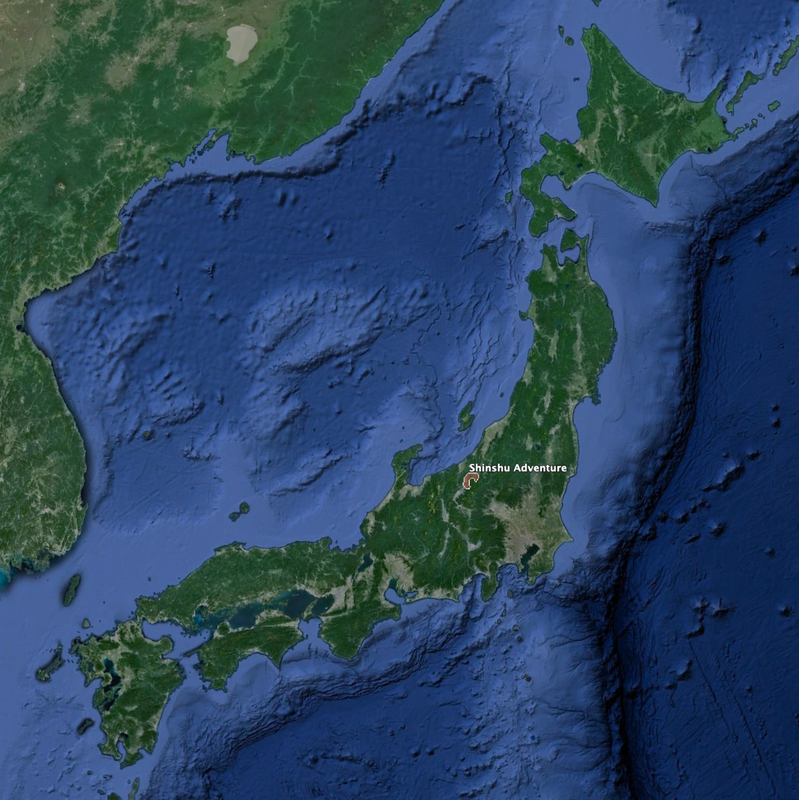
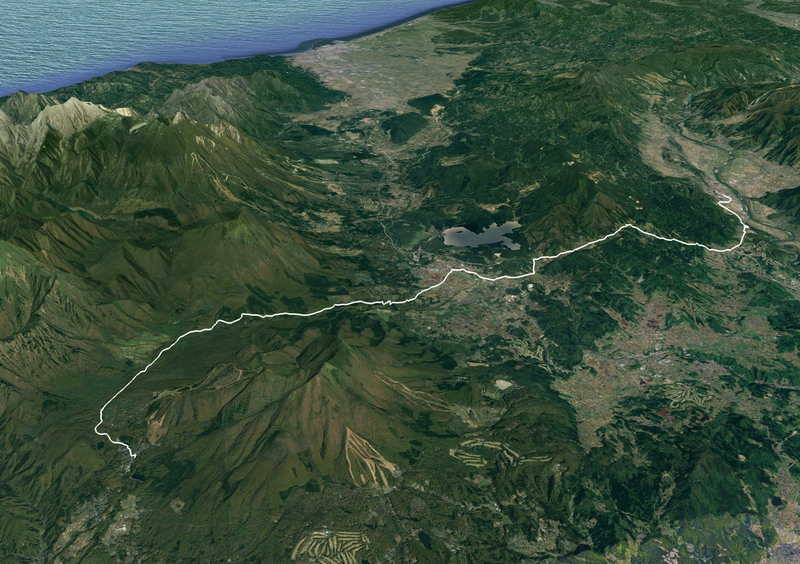
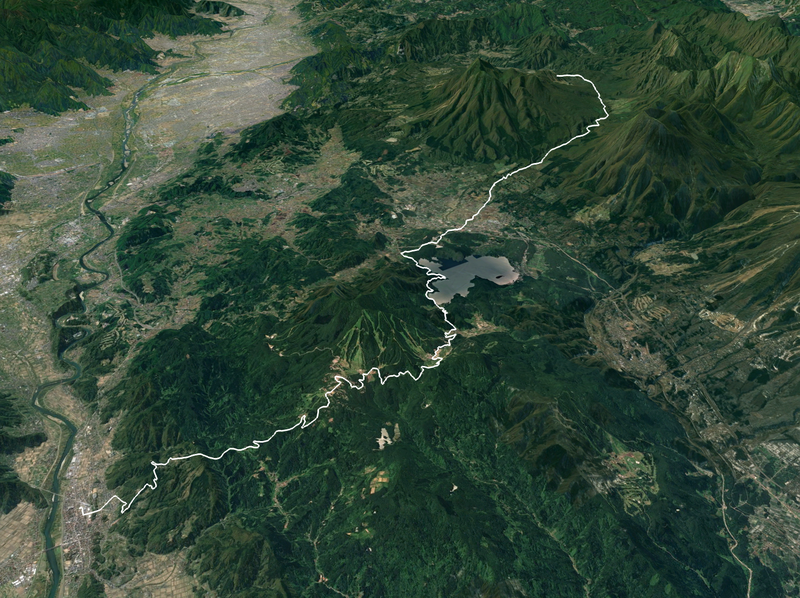
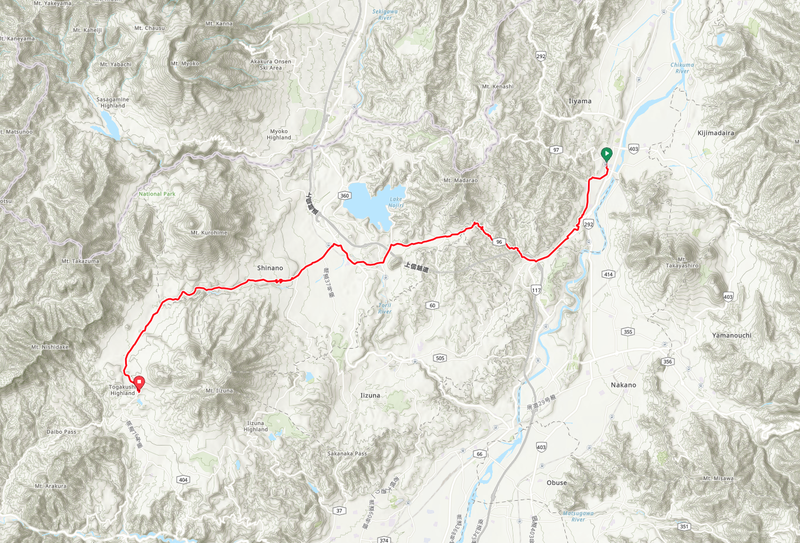
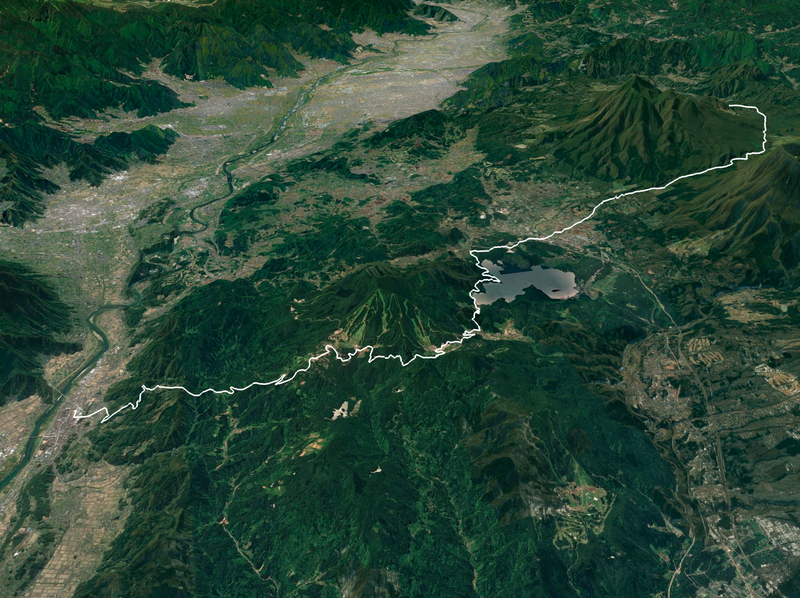
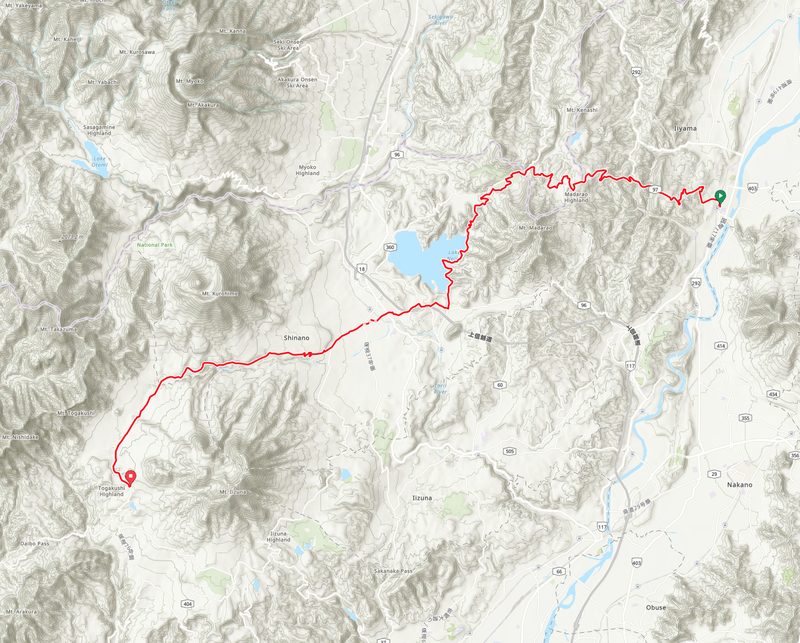
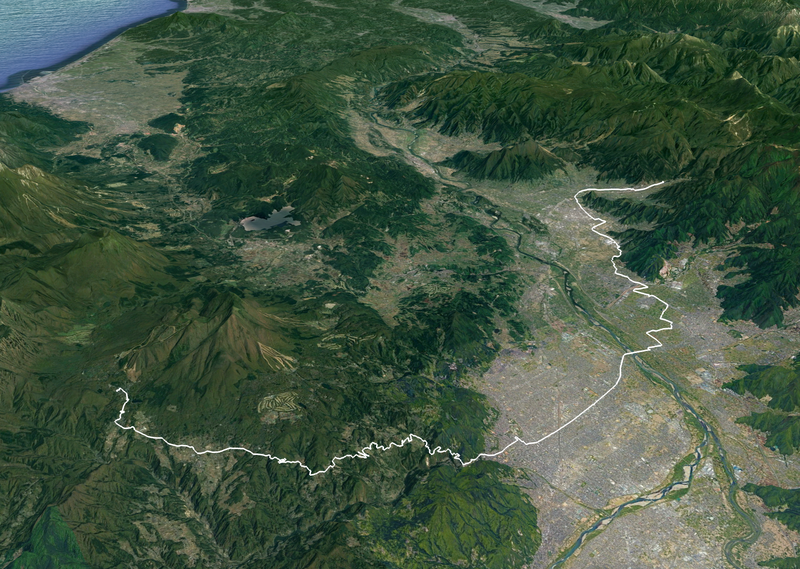
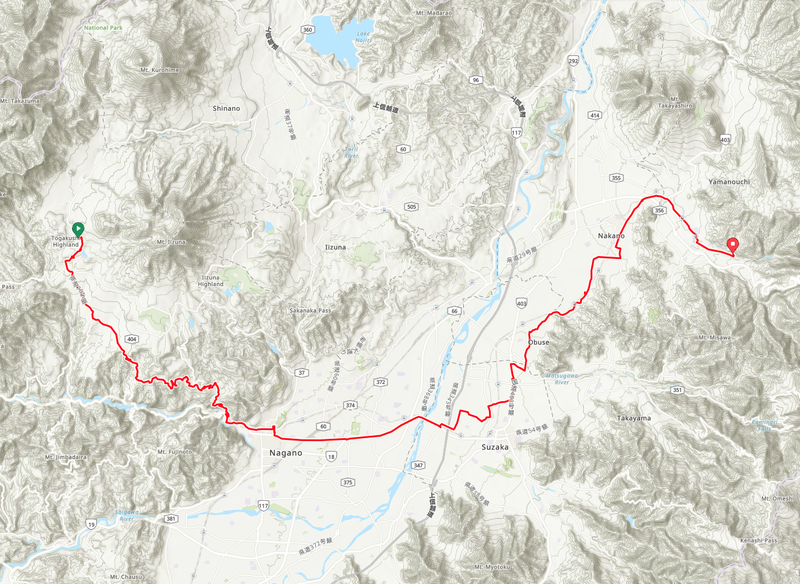
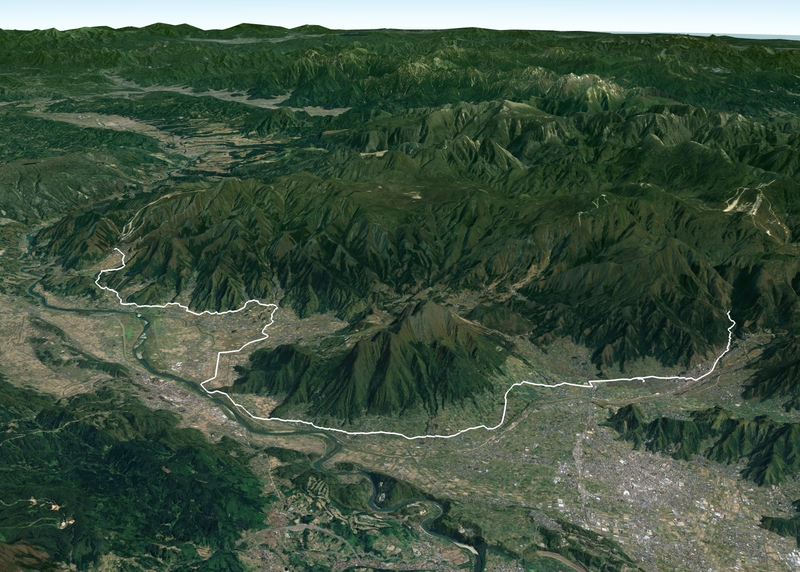
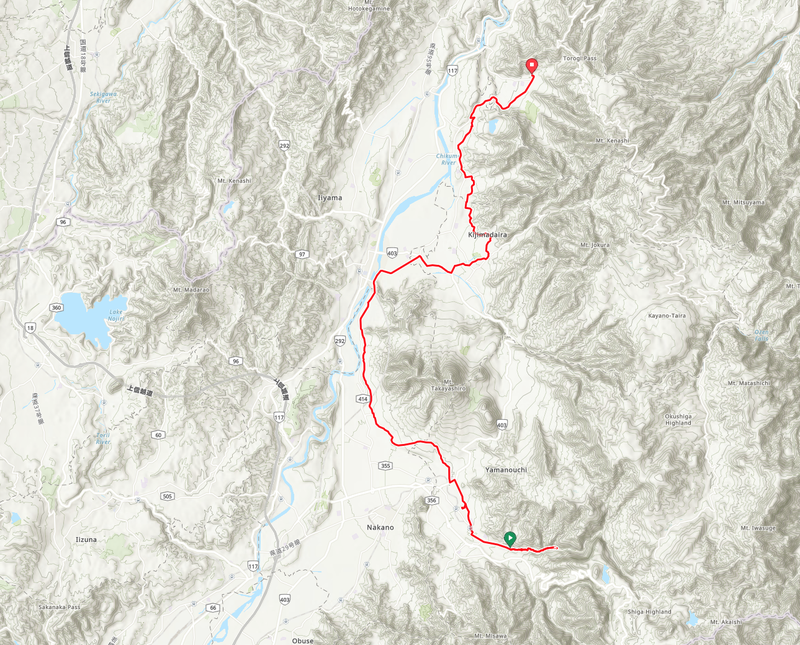
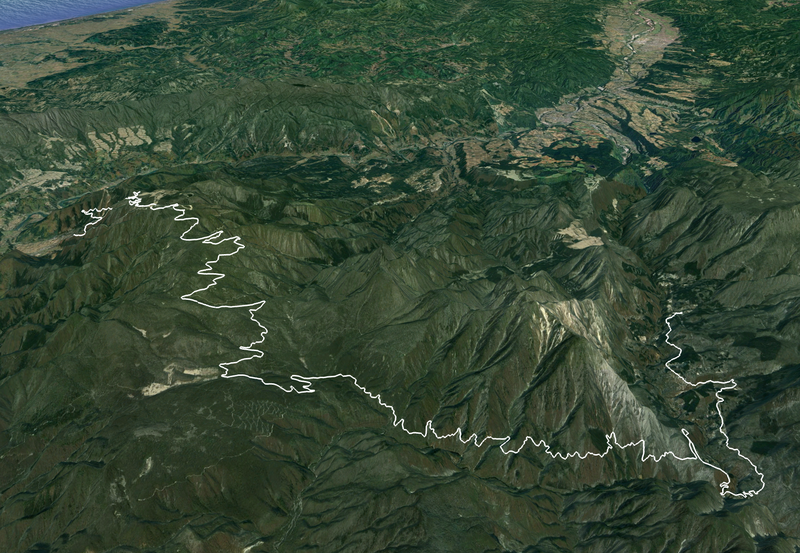
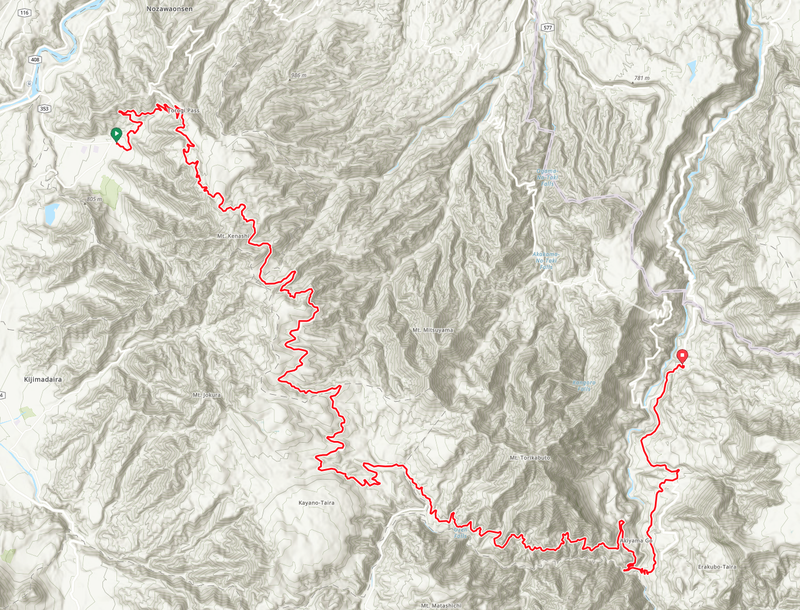
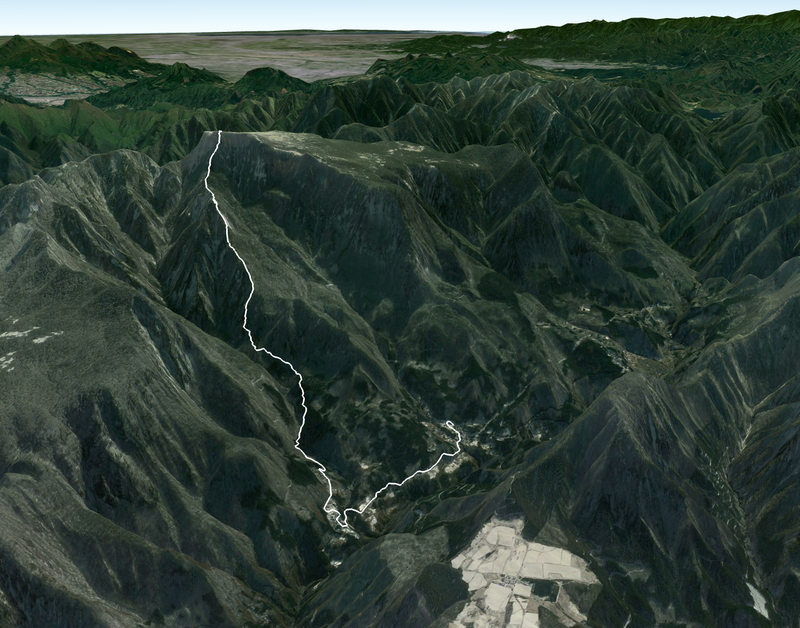
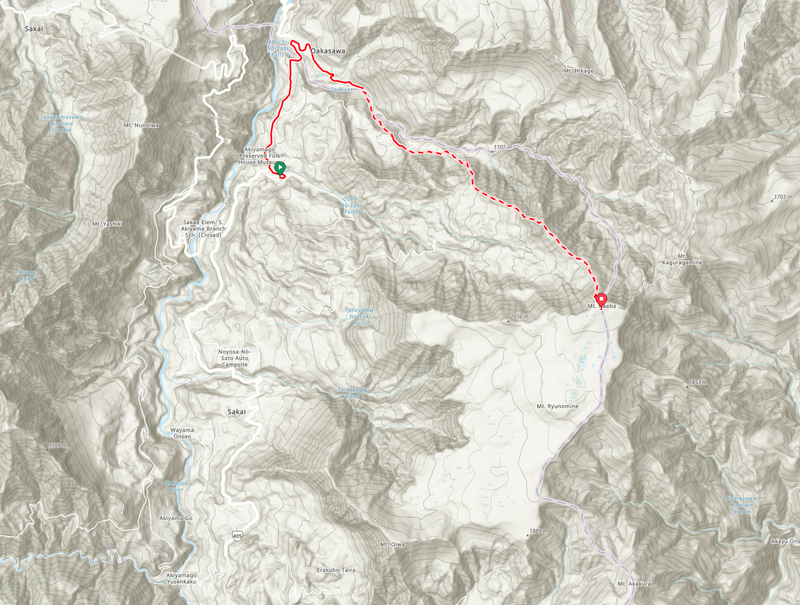
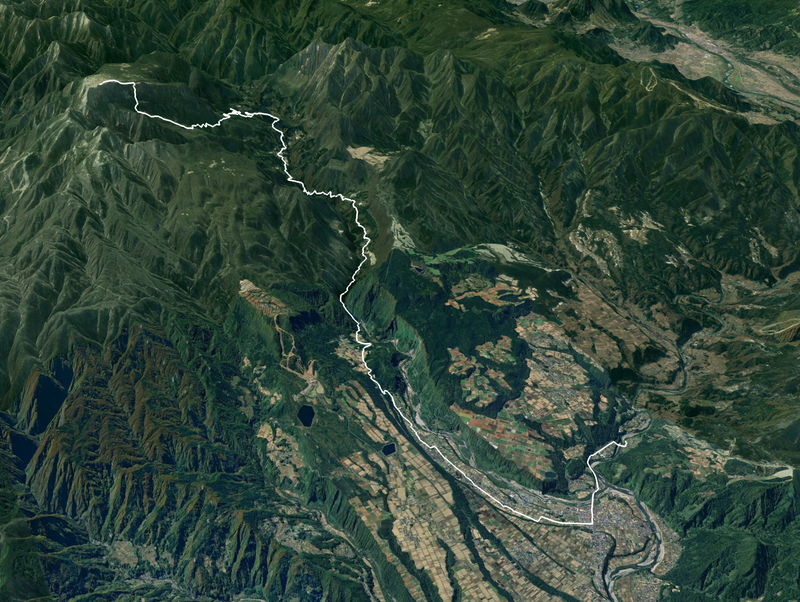
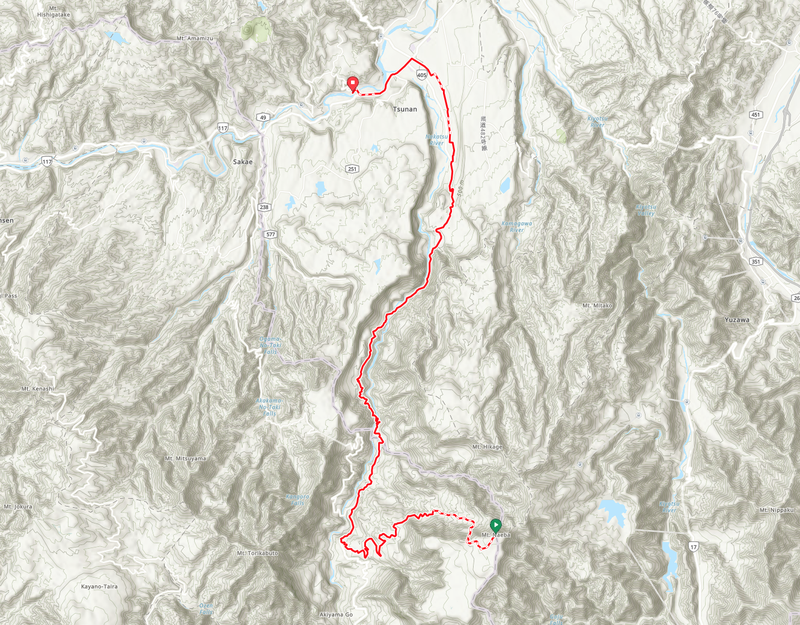
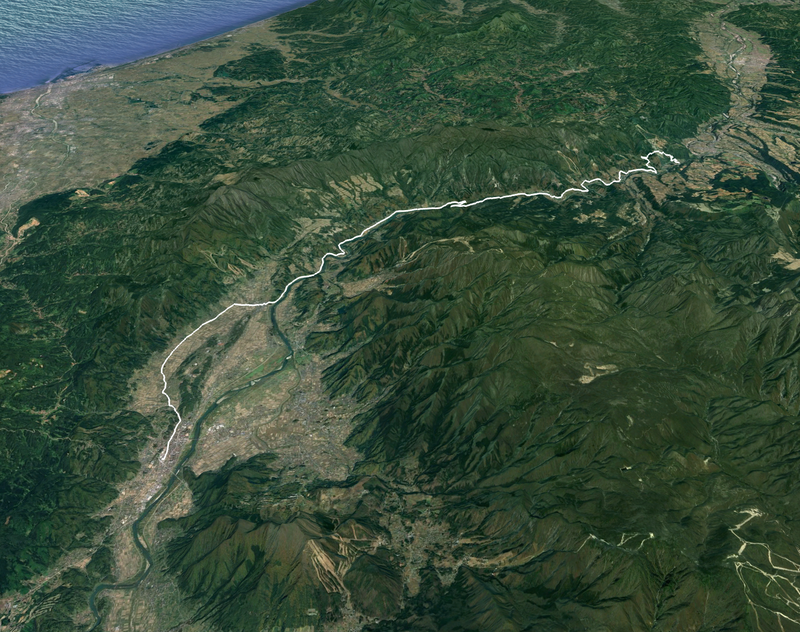
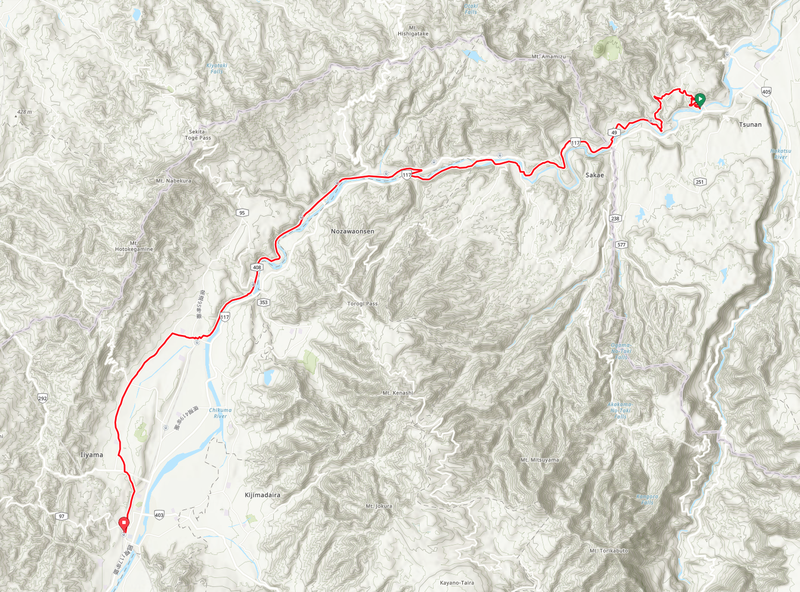
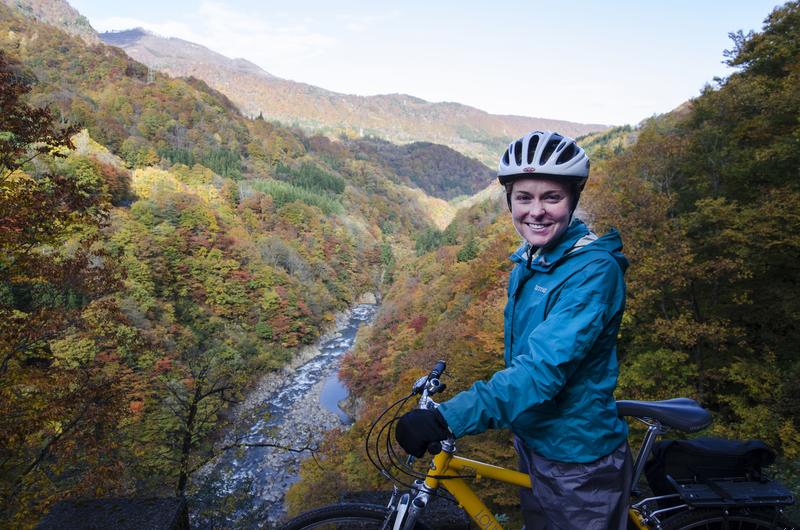
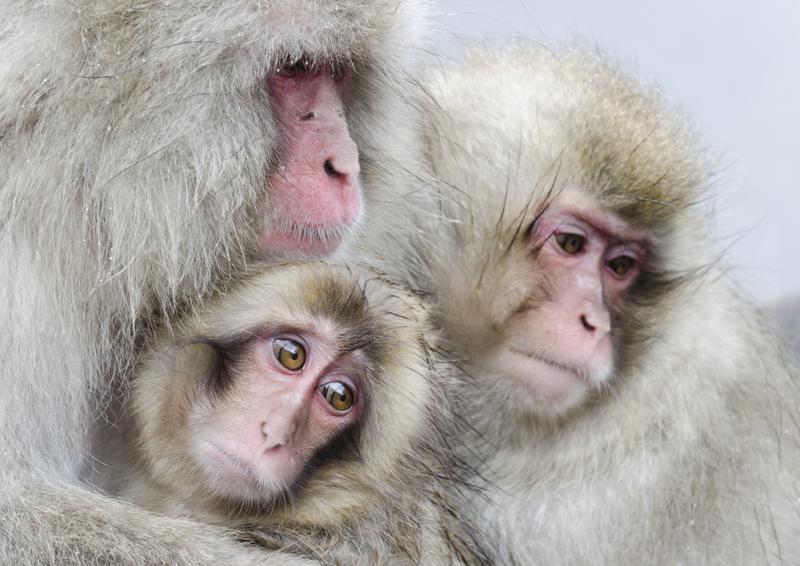
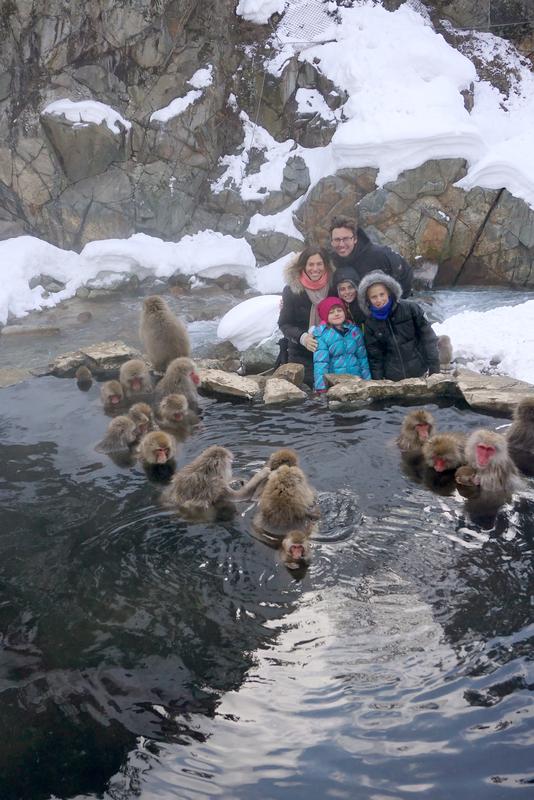
![Takahashi [Museum of Doll Art]](/assets/img/2024/media/photos/1149/takahashi2_medium.jpg)
![Takahashi [Museum of Doll Art]](/assets/img/2024/media/photos/1150/takahashi3_medium.jpg)
![Takahashi [Museum of Doll Art]](/assets/img/2024/media/photos/1148/takahashi1_medium.jpg)
